Diving in Fuvahmulah
Shark Island Dive Center
Year-round tiger shark encounters and 60-minute dives in the Maldives’ ultimate shark capital
The home of shark diving in the Maldives.
Fuvahmulah is the only one-island atoll in the Maldives and a true pelagic hotspot. Known worldwide as the “Shark Island” and the shark capital of the Maldives, it is the only place where tiger shark encounters are guaranteed year-round. Its deep reefs and nutrient-rich currents also attract hammerheads, threshers, oceanic mantas, whale sharks, and a variety of reef sharks, making it one of the best destinations in the world for shark diving and pelagic encounters.
Plan Your Fuvahmulah Dive
A dive trip to Fuvahmulah is more than just incredible shark encounters, it’s a chance to experience the rhythm of island life. Whether you’re here for a week of diving or traveling with family or a partner, the island offers a balance of adventure and relaxation. From daily dives to laid-back days exploring beaches and local culture, planning your trip ensures you get the most out of the Maldives’ shark capital
Best Time to Dive
Tiger sharks are seen in Fuvahmulah all year, making it one of the few places in the world with guaranteed encounters. Seasonal pelagics such as hammerheads, threshers, oceanic mantas, and even whale sharks also visit, adding variety to each diving season.
Recommended Stay
To fully experience what Fuvahmulah offers, we recommend a stay of 5–7 nights. This allows enough time to dive multiple sites, enjoy three dives daily, and still leave room to explore the island’s natural beauty and local culture
How to Get Here
Reaching the island is straightforward — just a 1-hour domestic flight from Malé, or for those seeking a slower journey, the RTL ferry from Addu offers a scenic ride across the atolls. Both options connect you easily to this remote shark-diving paradise.
Non-Diver Activities
Fuvahmulah is also perfect for families or couples traveling together. While divers are out at sea, non-divers can enjoy guided island tours, relaxing beach days at Thoondu, fishing trips, and cultural experiences that showcase the unique lifestyle of this one-island atoll.
Fuvahmulah Dive Sites
The best Fuvahmulah dive sites are concentrated around the island’s edges, offering a mix of drift, wall, and cleaning station dives.
The most famous dive site is
TIGER HARBOUR in Fuvahmulah, where divers encounter tiger sharks at 6–15m. Accessible for Open Water divers.
- Most dives in Fuvahmulah involve strong currents, so divers should be comfortable with drift diving.
- Many sites also require Advanced Open Water certification or higher due to depth and conditions.
Bilhifeyshi (Southeast)
Drift dive over a sloping reef, known for frequent thresher sightings.
Thundi (North)
A thresher shark cleaning station at ~30m, recommended for Advanced divers due to strong currents.
Farikede (South)
A thrilling drift dive for Advanced divers, dropping to 50m+ with threshers, tigers, mantas, and hammerheads.
Rasgefanno (East)
A gentler wall dive (5–30m) with pelagic sharks, reef sharks, and schools of fish.
Megafauna of Fuvahmulah
See Fuvahmulah’s big animals with timing, hotspots, and conditions (currents, depth, visibility) in one simple guide.

Tiger Shark Reliable
Galeocerdo cuvier
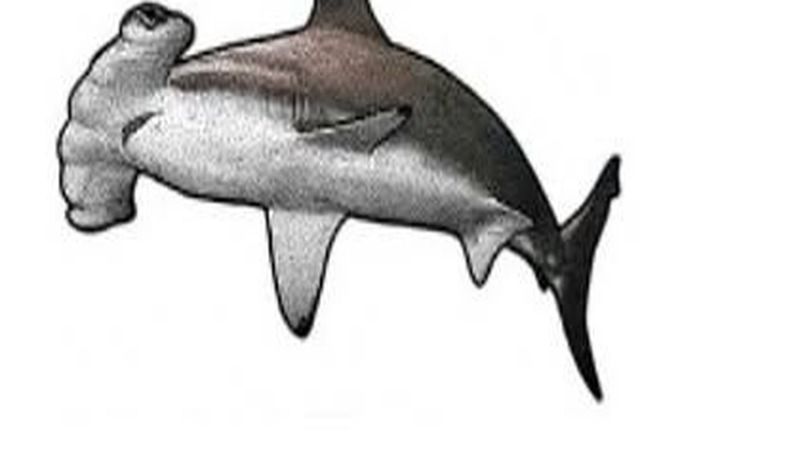
Scalloped Hammerhead Seasonal
Sphyrna lewini
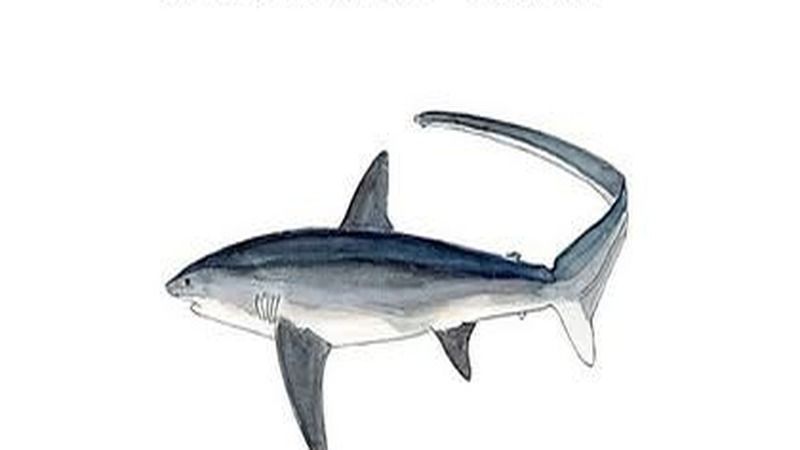
Pelagic Thresher Frequent
Alopias pelagicus
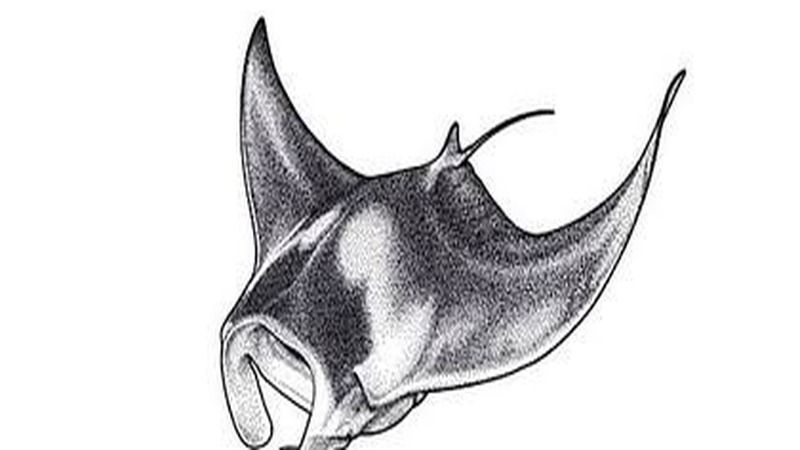
Oceanic Manta Ray Seasonal peak
Mobula birostris
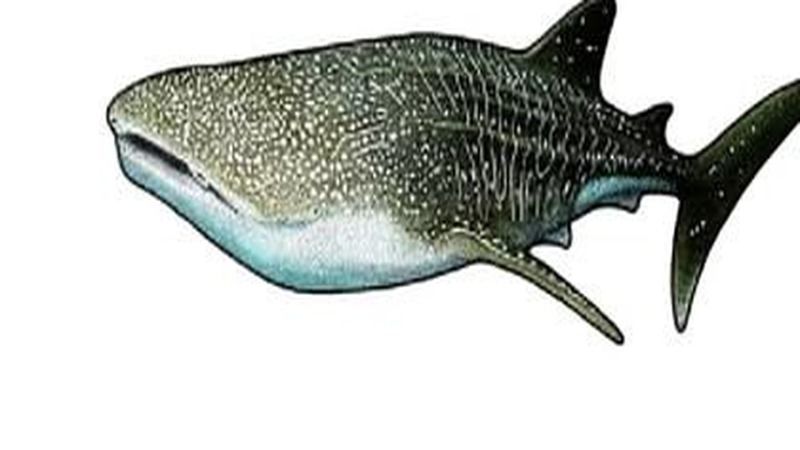
Whale Shark Occasional
Rhincodon typus

Oceanic Whitetip Uncommon
Carcharhinus longimanus

Silvertip Shark Occasional
Carcharhinus albimarginatus
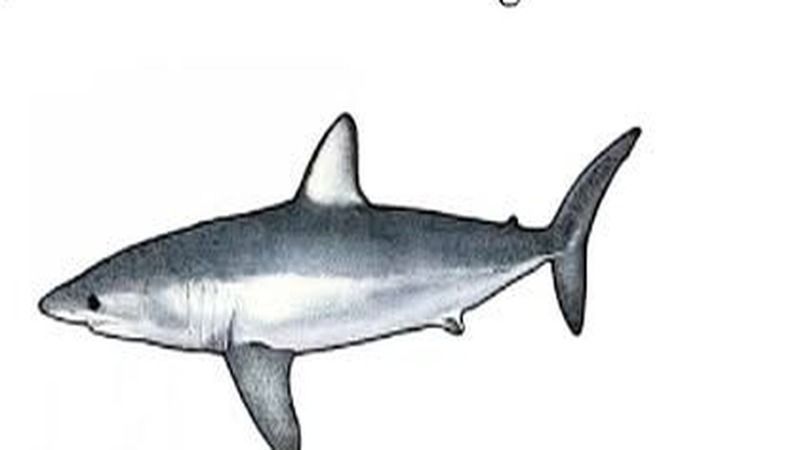
Shortfin Mako Very rare
Isurus oxyrinchus
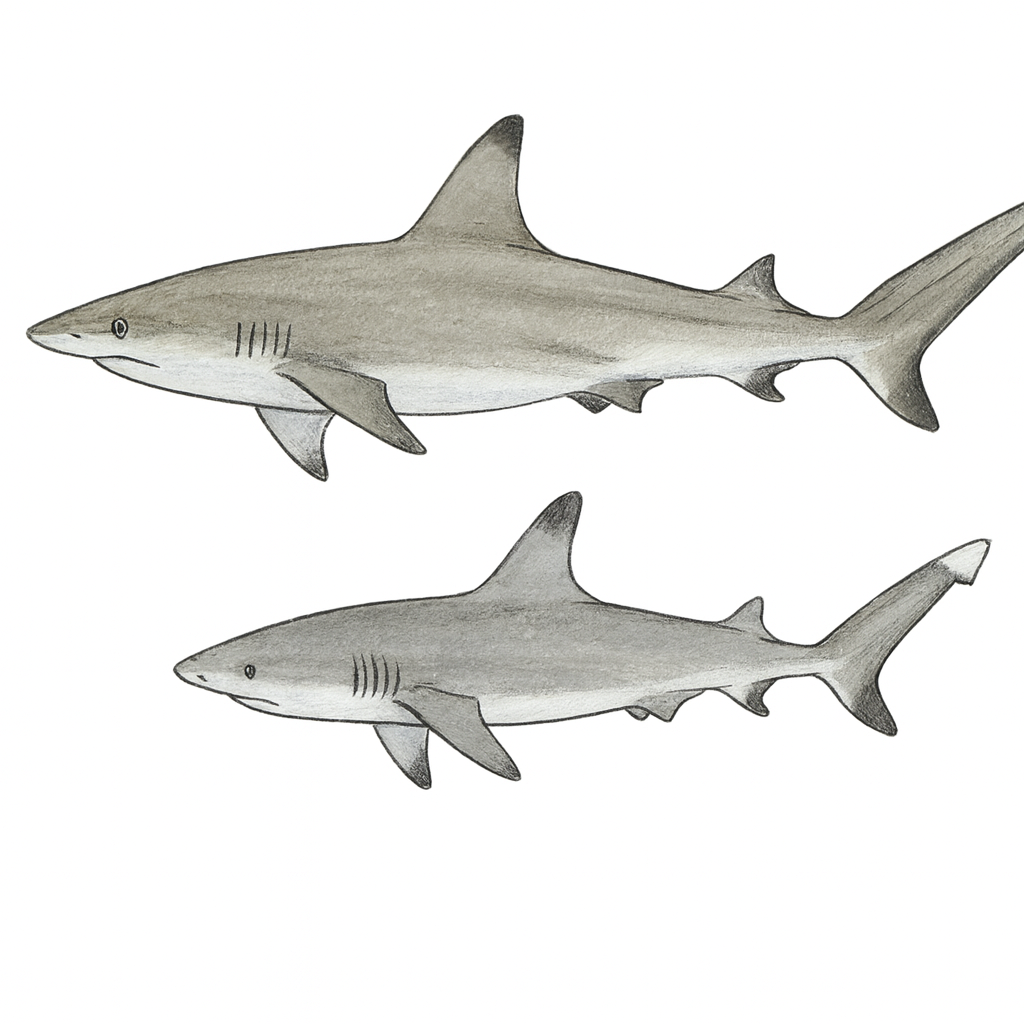
Reef Sharks (Grey & Whitetip) Reliable
C. amblyrhynchos; T. obesus
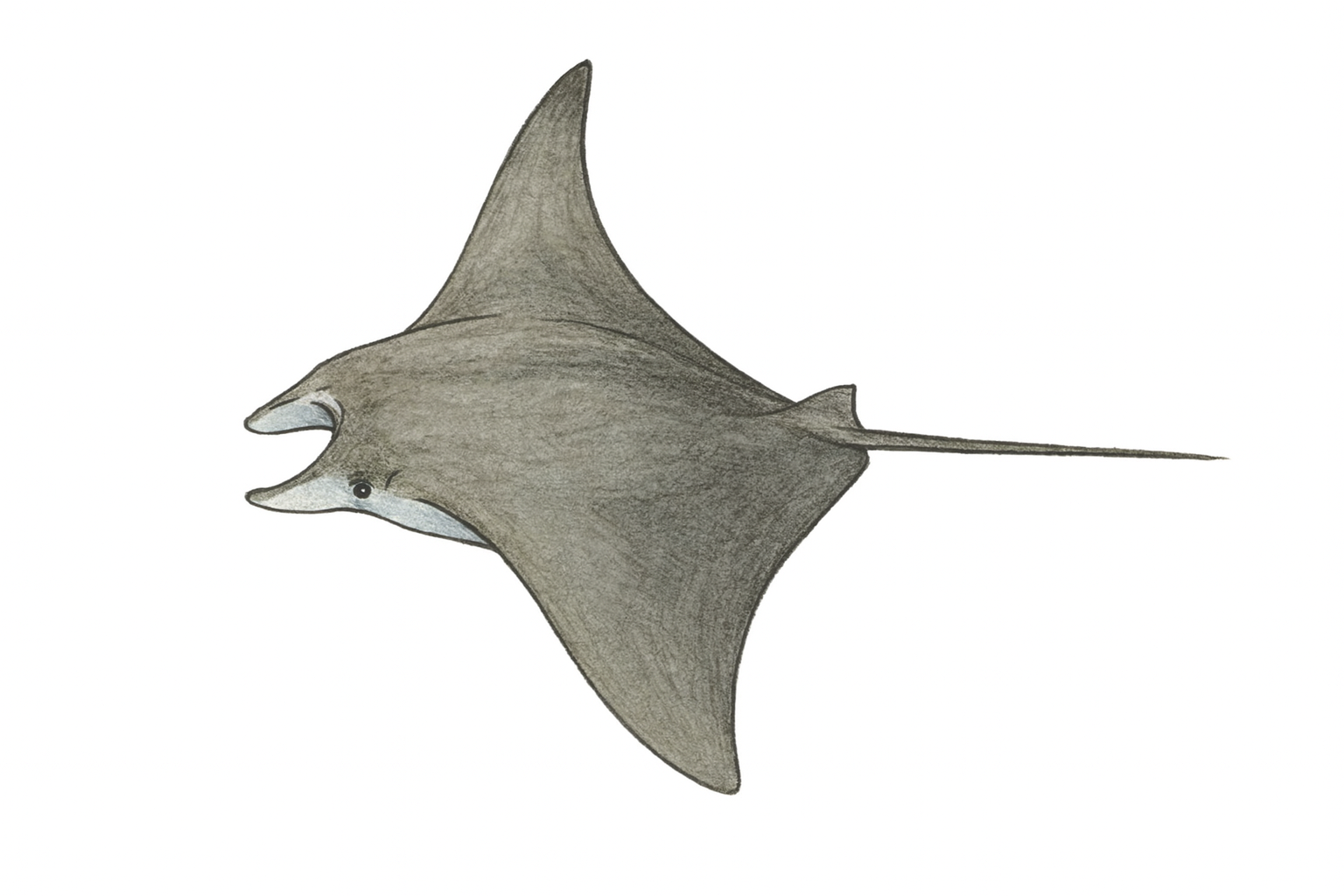
Devil Rays Occasional
Mobula spp.
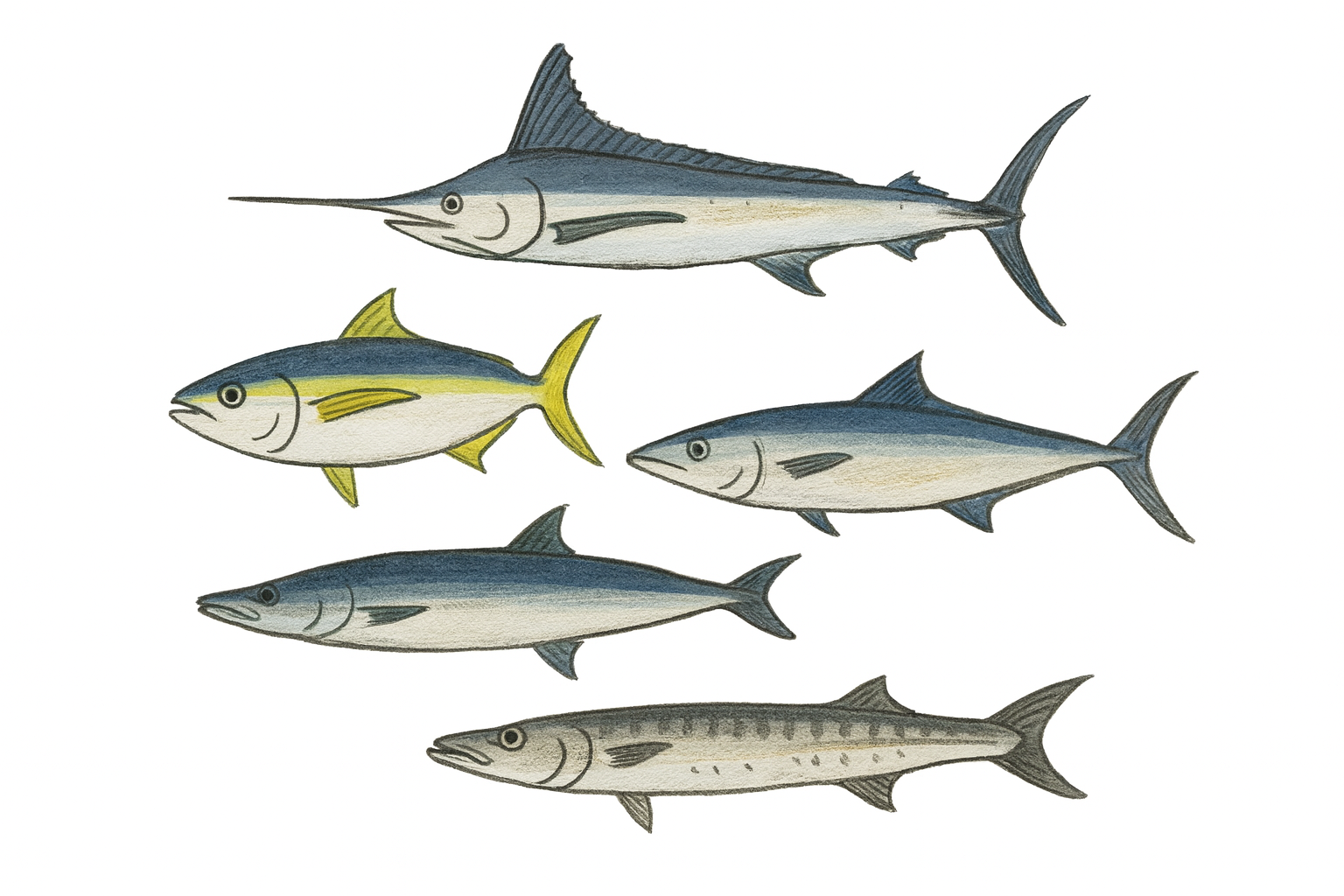
Blue-water Pelagics Year-round
Sailfish, Tuna, Wahoo, Marlin, Barracuda
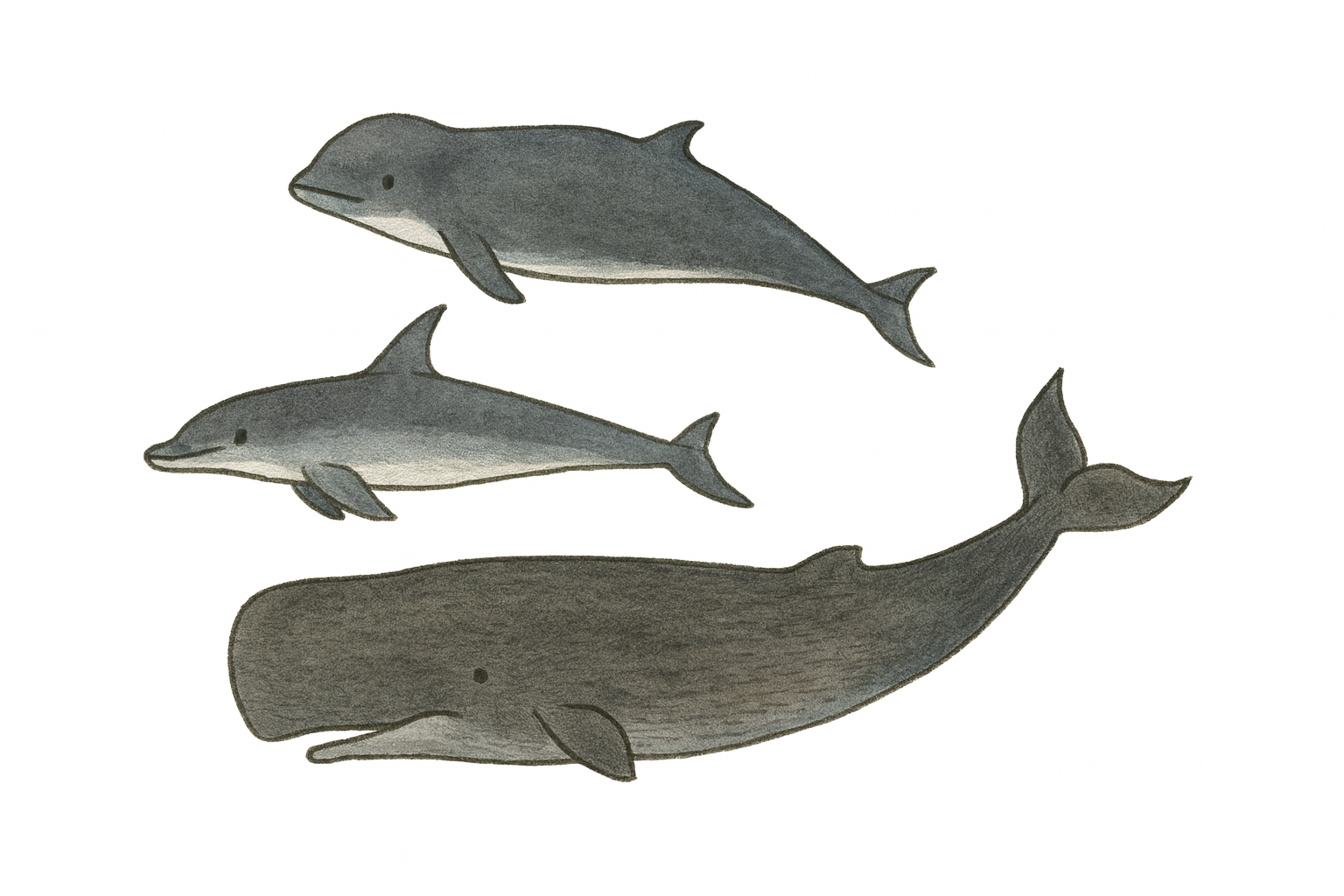
Cetaceans Seasonal
Pilot whales; Stenella spp.; Physeter


